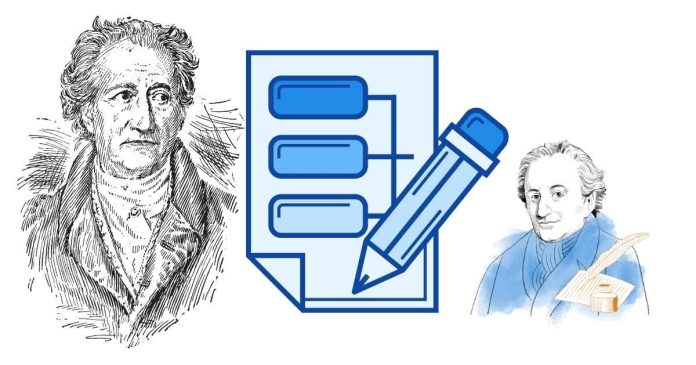The Von Neumann architecture is a computer architecture model that forms the foundation for most modern computers. It was first proposed by John von Neumann in 1945. This architecture describes a system where the computer’s memory, data storage, and program instructions are all stored in a single memory unit. The main components of the Von Neumann architecture include:
Key Components:
- Central Processing Unit (CPU):
- The CPU is the heart of the computer and performs computations and controls the flow of information.
- It consists of two main parts:
- Arithmetic Logic Unit (ALU): Performs arithmetic and logical operations.
- Control Unit (CU): Directs the operation of the processor by interpreting program instructions and controlling data flow.
- Memory:
- The system memory (often called RAM—Random Access Memory) stores both the data and program instructions.
- Both data and instructions are stored in the same memory space, and the CPU fetches instructions and data from this single memory unit.
- Input and Output (I/O):
- Input devices (e.g., keyboard, mouse) and output devices (e.g., monitor, printer) allow the system to interact with the external world.
- Bus:
- A set of pathways used to transfer data between the CPU, memory, and I/O devices. It includes the data bus (carries data), the address bus (carries addresses), and the control bus (carries control signals).
Characteristics of Von Neumann Architecture:
- Single Memory: Both instructions and data are stored in the same memory space, which means the CPU has to fetch instructions and data sequentially, leading to the “Von Neumann bottleneck” where the data and instruction fetches compete for the same memory bandwidth.
- Sequential Execution: Instructions are processed one after another, in the order in which they are stored in memory unless altered by control flow instructions like jumps or branches.
- Stored Program Concept: Programs are stored in memory and can be modified during execution (i.e., dynamic behavior is allowed).
Limitations:
- Von Neumann Bottleneck: The system can only fetch one instruction or data at a time due to the shared memory space. This creates a performance limitation because instruction fetches and data fetches compete for memory bandwidth.
- Speed: The need to fetch instructions and data sequentially can slow down the execution process, especially when compared to architectures that can fetch multiple instructions or data in parallel.
Impact:
The Von Neumann architecture has been the basis for most general-purpose computing systems and has influenced the design of nearly all modern computers. While other architectures like Harvard Architecture have emerged for specific purposes (especially in embedded systems), the Von Neumann architecture remains fundamental to general-purpose computing.
In summary, the Von Neumann architecture is defined by the use of a single memory space for both instructions and data, sequential execution of instructions, and a central processing unit that carries out arithmetic and control functions.


